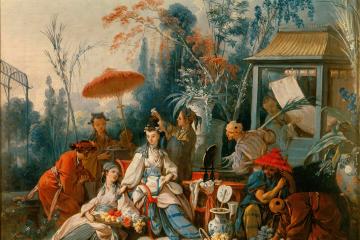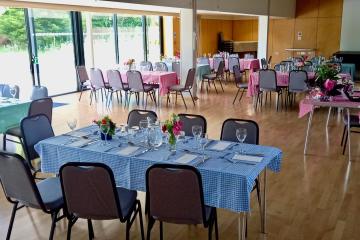When we walk into any gallery, why do we see so many depictions of the Greek and Roman gods and goddesses, but not Viking ones? This lecture explores how Norse myths and legends have been portrayed in the decorative and fine arts over more than 1,300 years and reveals quite how few depictions we have (although some are superb) and how varied they can be. In order to explain key themes in the artworks, the talk begins with a brief overview of the pantheon of deities, the Norse creation story and Ragnarök, the twilight of the gods. It then looks at Viking-age representations in wood, stone and metalwork, the effect of Christianisation, and 16th century manuscripts illustrating the Icelandic Eddas. It continues with 19th century paintings and sculpture created in a period of Scandinavian romantic nationalism, the appropriation of mythological images by the Nazi regime and more recent re-interpretations of Thor, Odin, Loki and the Valkyries in cartoon, Manga and film as well as conceptual art.
Works examined include paintings and illustrations by Henry Fuseli and William Blake, oils from the Danish Golden Age and the Swedish and Norwegian Royal Academies, 19th century sculpture, and 20th century works by Carl Larsson, Hilma af Klint, Asger Jorn and Anselm Kiefer.
Using these examples, the talk considers differences in material culture and worship patterns between Viking-age Scandinavia and the classical world, resulting in completely different legacies. It considers the lack of any stable imagery - which has led to Norse deities donning 16th century armour, rococo wigs, togas, space suits and even just birthday suits. The lecture concludes by revealing the five key reasons why we see the Viking gods so much in popular culture but almost never in the fine arts.





